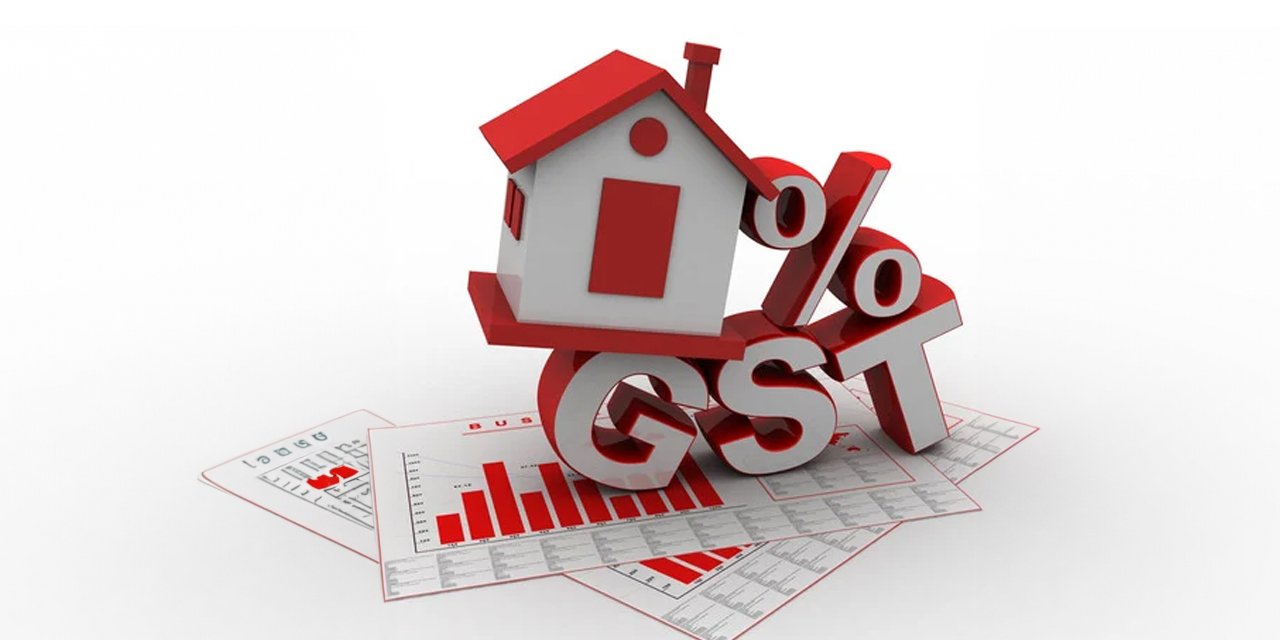 Real Estate
Real Estate
Table of Contents
The Indian real estate sector is on the cusp of a major transformation, thanks to the recent GST reforms. These changes, particularly the rationalization of tax rates on key construction materials, are set to bring a wave of positive effects for both developers and homebuyers. Here’s a look at how this new era of GST will reshape the real estate landscape in India.
A Boost for Developers: Easing the Cost Burden
One of the most significant changes is the reduction of GST on essential construction materials. The tax on cement, a critical component of any project, has been slashed from 28% to 18%. Similarly, rates on materials like marble, granite, and sand-lime bricks have been reduced from 12% to 5%. This is a huge win for developers for several reasons:
- Lower Project Costs: Construction materials account for a substantial portion of a project’s total cost. The reduced tax rates will directly lead to a 3-5% saving in overall construction expenses.
- Improved Profitability: With lower input costs, developers can either improve their profit margins or pass on the benefits to the consumers, or a combination of both. This is a crucial relief, especially for those in the affordable housing segment, where margins are often thin.
- Enhanced Liquidity: Better cost management and improved cash flows will give developers the financial flexibility to launch new projects and ensure timely completion of ongoing ones. This is expected to accelerate housing supply in key urban and tier-2 markets.
A Win-Win for Homebuyers: Making Homes More Affordable
The domino effect of lower construction costs will directly benefit homebuyers, leading to a more vibrant and accessible housing market. Here’s what they can look forward to:
- Increased Affordability: The most anticipated outcome is a potential reduction in property prices. As developers save on construction costs, they can pass on these savings to the end-users, making homes more affordable. This is particularly crucial in the mid-income and luxury segments, where the impact of the tax cuts on materials like granite and marble will be more pronounced.
- Revival of Affordable Housing: The affordable housing segment, which has seen a decline in recent years, is expected to get a significant boost. Lower input costs can help developers launch and deliver more budget-friendly homes, addressing the country’s huge housing shortfall.
- Positive Market Sentiment: The simplified and transparent tax structure, coupled with the potential for lower prices, will build greater confidence among homebuyers. This is expected to encourage first-time buyers and fence-sitters to enter the market, especially during the festive season.

The Broader Impact: A Step Towards a Stronger Economy
The GST reforms are not just about the real estate sector; they are part of a broader economic strategy. By simplifying the tax structure and reducing rates on consumer goods and construction materials, the government aims to stimulate consumption, boost GDP growth, and control inflation. For the real estate sector, this translates to:
- Increased Transparency: The two-slab GST structure (5% and 18%) simplifies compliance for developers and brings greater clarity for consumers, reducing ambiguities and disputes over tax classification.
- Attraction of Investment: A more predictable and transparent tax environment is likely to attract more institutional and foreign investment into the Indian real estate market.
- Growth in Tier-2 and Tier-3 Cities: The reforms, combined with ongoing infrastructure development, are expected to fuel real estate demand in emerging markets beyond the major metros.
While the full benefits may not be immediately visible due to existing contracts, the long-term outlook is incredibly positive. The GST reforms have set the stage for a more affordable, transparent, and robust real estate market, creating a win-win situation for all stakeholders.
